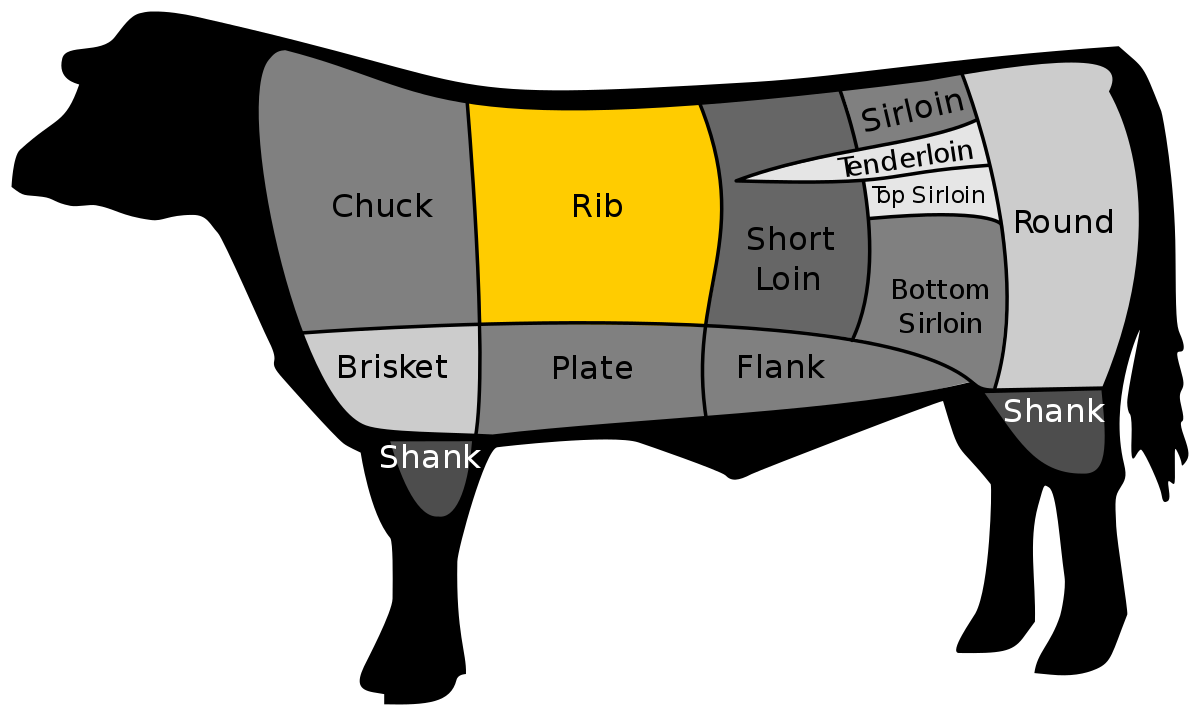by Olga NEDBAEVA
Romain Leboeuf knows red meat is in the crosshairs of both health experts and environmentalists, and that’s why the Paris butcher thinks this is a prime time to encourage people to make the most of it.
“Right now the old rules on meat have been blown up, you have information, propaganda — it just needs to stop,” the 31-year-old says at his shop in a bustling residential corner of the French capital.
But unlike his predecessors, he endorses calls to eat less meat — which scientists say could help limit global warming — and thereby to appreciate it all the more.
“It’s a step in the right direction,” he says. “If people eat less but better quality meat, that suits me just fine.”
With his bushy beard and moustache, and a penchant for black leather jackets, Leboeuf has become one of the country’s most prominent defenders of French beef.
“Butchery has gotten a bad reputation from some vegan militants, a minority, but they make a lot of noise,” he says.
His shop was targeted last year by animal-rights activists who drenched it in fake blood and broke the store window.
Since then Leboeuf has done the rounds on TV talk shows to face off against vegans, arguing that both share a common goal.
“These are my best friends in the sense that animal welfare is one of the things I defend the most,” he says.
“We don’t need to defend ourselves, but we need to give meat its place in a balanced diet.”
‘My father showed me’
With his new book “Butchering: Step by Step,” Leboeuf also aims to take on industrial agriculture and changing eating habits, which for decades have eroded the livelihoods of artisan French butchers, forcing closures around the country.
According to the industry body Culture Viande, even though meat consumption overall has remained fairly steady, more people are eating smaller portions of everything, often without meat as the centrepiece.
“France has a know-how in artisan butchery that few countries have, and we respect how animals are raised,” Leboeuf says, noting that he currently has apprentices from Brittany, Reunion Island and even Italy.
Even Leboeuf’s family name — in French it’s basically “the cow” — seems to have predestined him to follow in his father’s footsteps with his own butcher shop.
“I grew up above my parents’ shop” in Bourges, almost the geographical centre of France, he says, recalling how he began working on smaller cuts for clients when he was six.
“My father showed me how to do it, and I never got hurt,” he says.
He quickly made a name for himself, being crowned Europe’s top butcher at a 2009 championship in the Netherlands.
And in 2015 he nabbed France’s prestigious best craftsman’s award, the MOF (Meilleur Ouvrier de France) — with a display that included sculptures of Notre-Dame, the Arc de Triomphe, and Sacre-Coeur all made with lamb suet.
Success in the kitchen
In his store as well as his book, Leboeuf aims to demystify the preparation of classic dishes like boeuf bourguignon, while acknowledging that prices for quality beef have risen markedly in recent years.
He is one of few French butchers to still pick out and buy animals alive, from the son of the breeder who supplied his own father.
And he’s quick to share recipes: A three-kilo (6.6-pound) cote de boeuf, or rib roast, gets a quick sear in the frying pan before finishing off in the oven for 15 to 25 minutes, a hearty feast for up to eight people.
He himself regularly prepares lunch for his employees, passing on the time-honoured techniques he grew up with.
“When you’re a butcher, you want your customer to succeed in the kitchen, otherwise there’s no point!”
© Agence France-Presse

